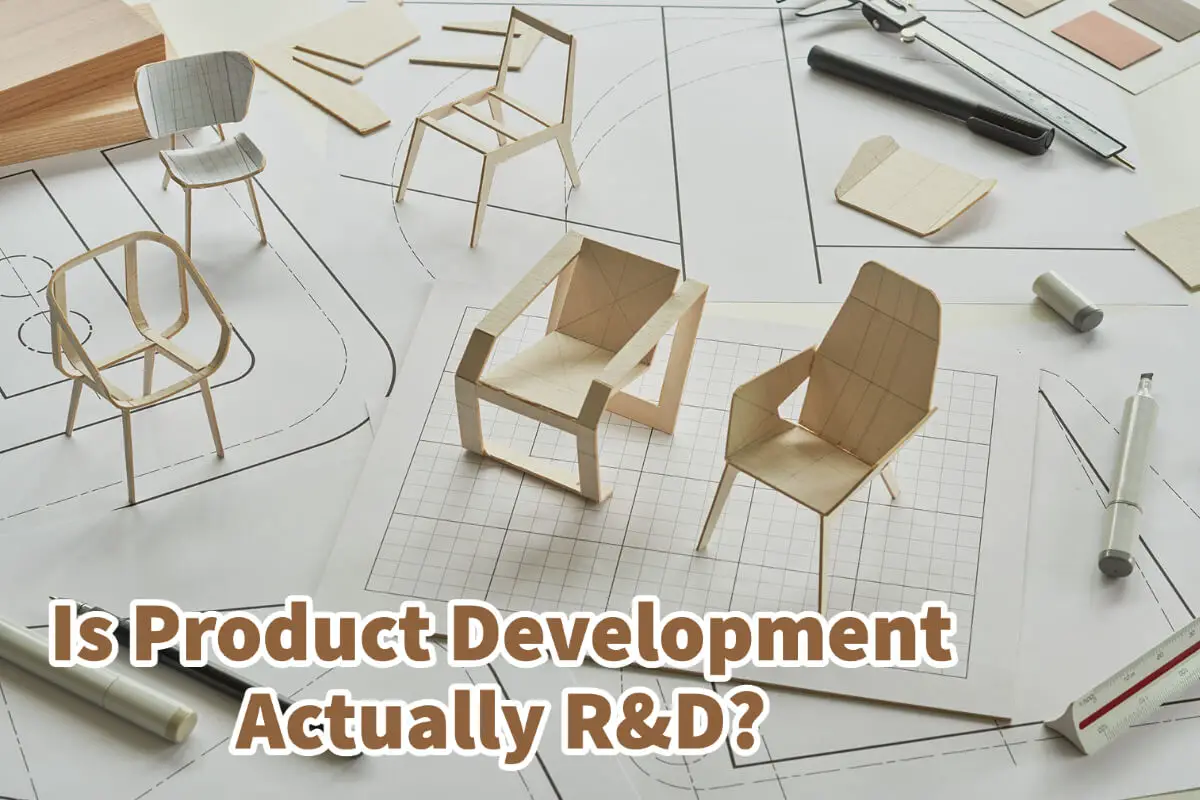There is some confusion if Product Development and Research and Development or R&D are the same. Or do they have specific differences?
Product development is usually not part of R&D or research and development. But even though it is not part of Research and Development, the R&D and the Product Development teams should work closely together. Research and Development, or R&D, looks at whether a product or service could be viable in the marketplace, and Product Development looks at all aspects of the product. Research and Development are usually at the beginning of a product’s life cycle, whereas product development will look at the entire product life cycle.
Table of Contents
- Product Development And R&D Explained
- Product Development Vs. R&D Explained
- Frequently Asked Questions
- Related Content
Product Development And R&D Explained
Sometimes it cannot be obvious to understand the difference between Product Development and R&D or Research and Development. Even though the two could have some similarities, they also have unique differences.
Product development can be part of Research and Development in a company. But at the same time, it does not do everything that a Research and Development team will do.
What Is R & D Or Research And Development?
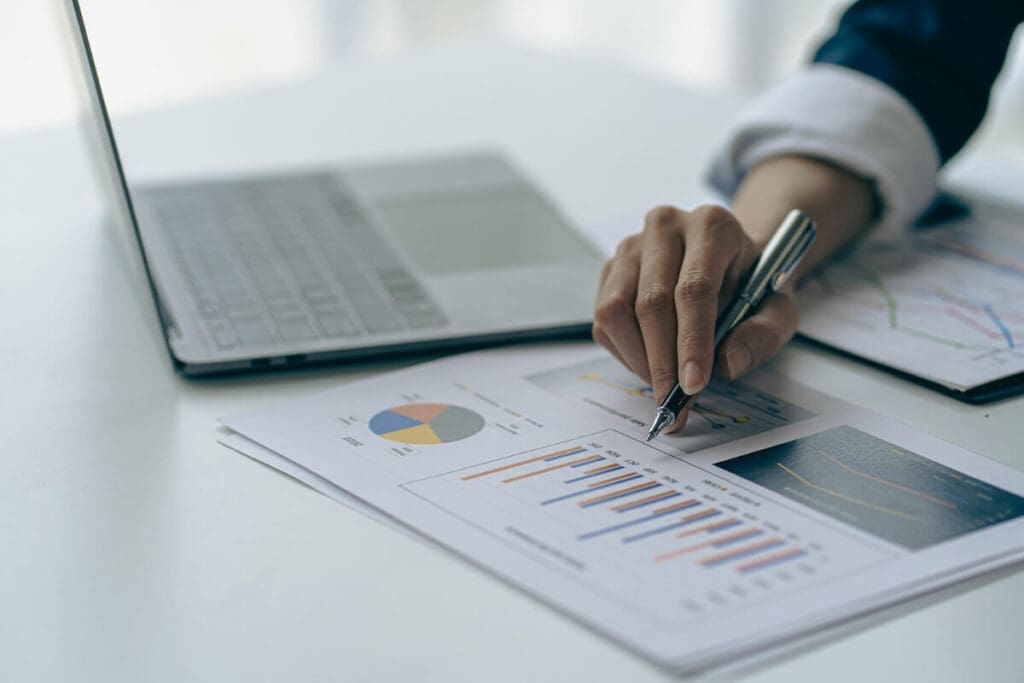
Research and Development, also known as R&D, is a part of the business developing or re-developing new products and services. Often, companies, or even the government, will visualize new products and services within the research and development framework.
The Research Phase Of R&D
The research portion of research and development, or R&D, is the part that will test the visibility or the potential of a new product. In other words, a company might have a new type of lamp socket that will revolutionize the lamp industry.
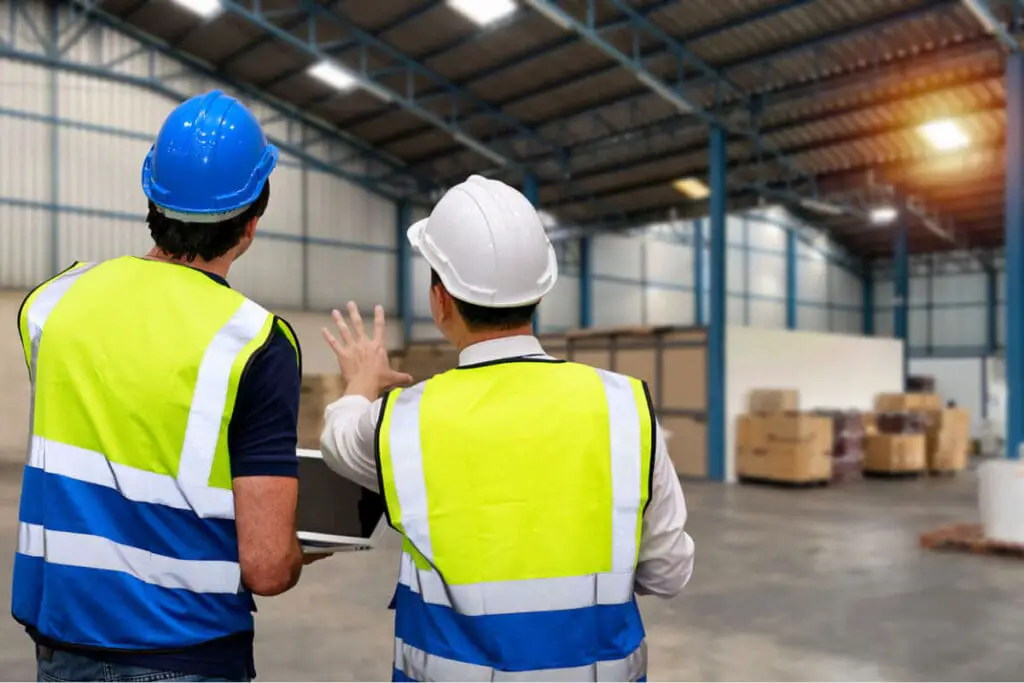
They may send that socket out to different people to test it or even have a focus group to let them know what they think about their new lamp socket. They will also send the socket out to be tested to decide if it could be a viable product.
The research and development phase is about discovering the same product, services or sciences that can be used to create a new product.
The Development Phase Of R&D
The development part of the research comes after the research has been done. Once something new has been discovered or created, and adequate research is done to know it is a viable product or service, the development phase will begin.
During the development phase of R&D, the company has the data to show that this will be a good product that can be offered, so they have started to develop that product.
Why Do Companies Have R&D Or Research And Development?
Many companies will have Research and Development organizations within their structure. Companies will invest in R&D, so their product line does not become outdated.
Trends, technology, and how people live their lives are constantly changing; companies need to be able to change how people are changing. Research and Development, or R&D, allows a company to research and look at these changes in an organized fashion and way.
Because R&D can be an essential part of a company’s overall profitability, many companies will keep their R&D departments in-house to protect their intellectual property, research, and developments.
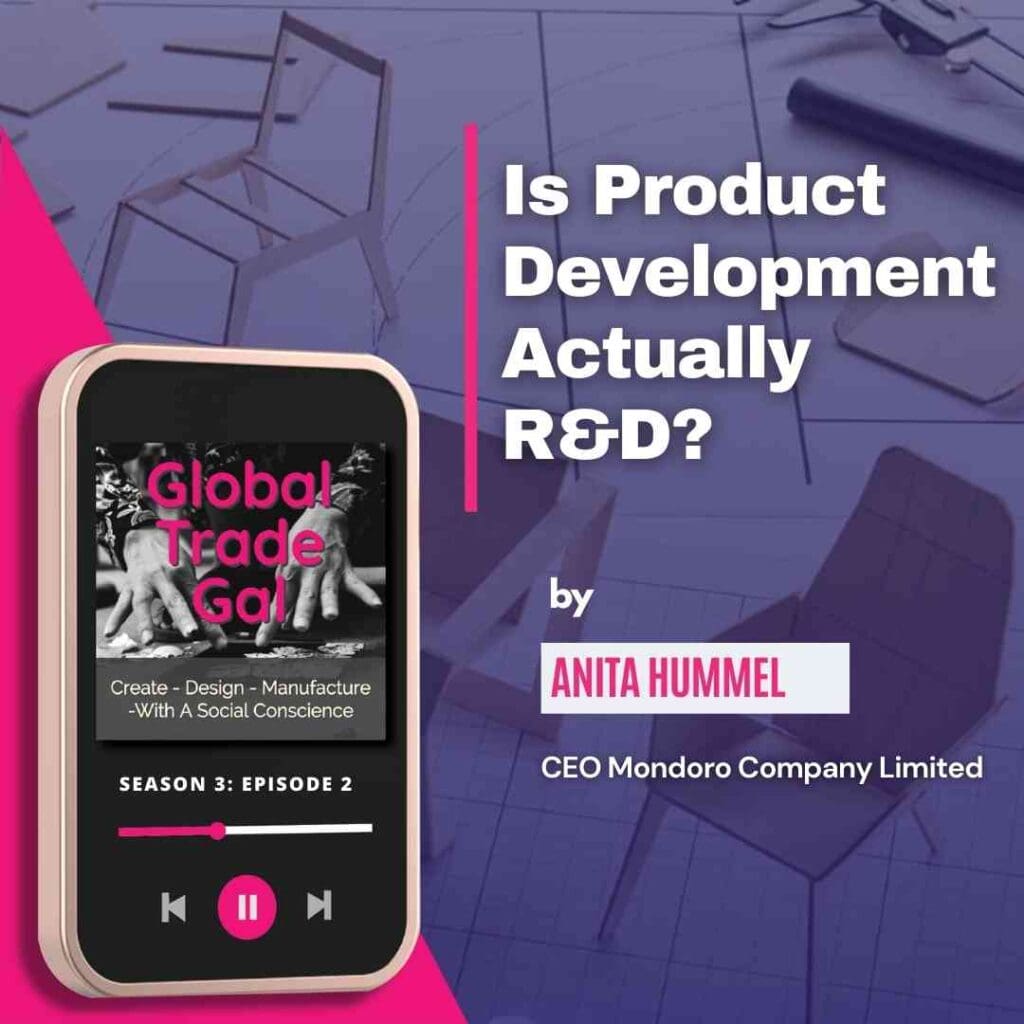
Listen To Our Podcast Is Product Development Actually R&D? below or by clicking here.
What Is Product Development?
Product development is not the same as research and development. Product development is the designing, creating, marketing, and selling of a new product.
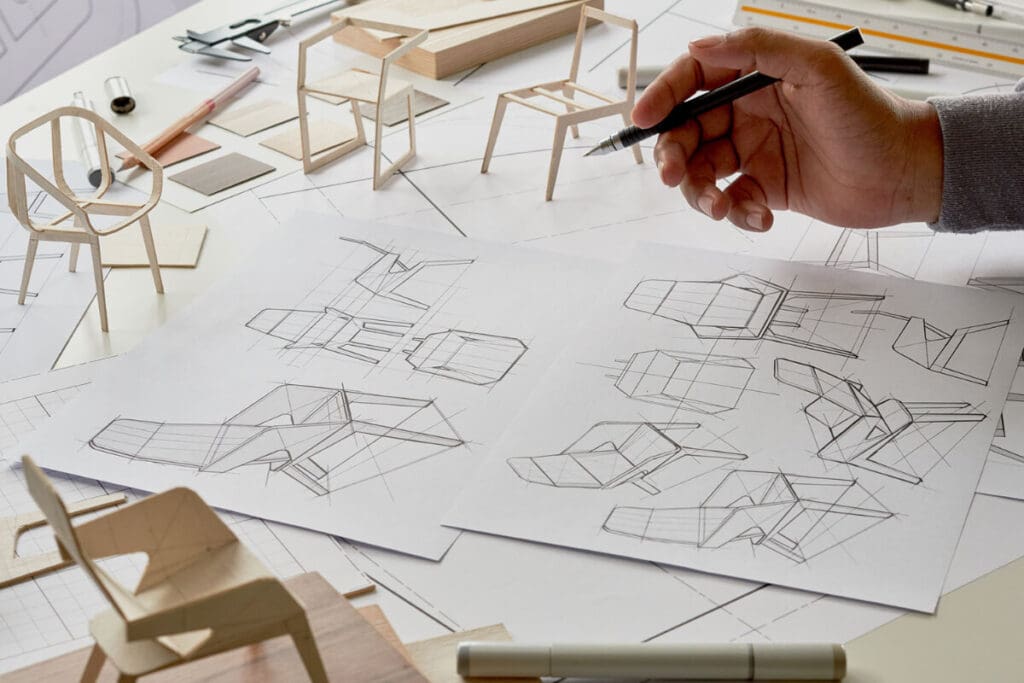
Product development’s primary focus is to create and market new products. Whereas Research and Development are usually concerned with the science behind why a new product is essential, product development is about the look and market of the product.
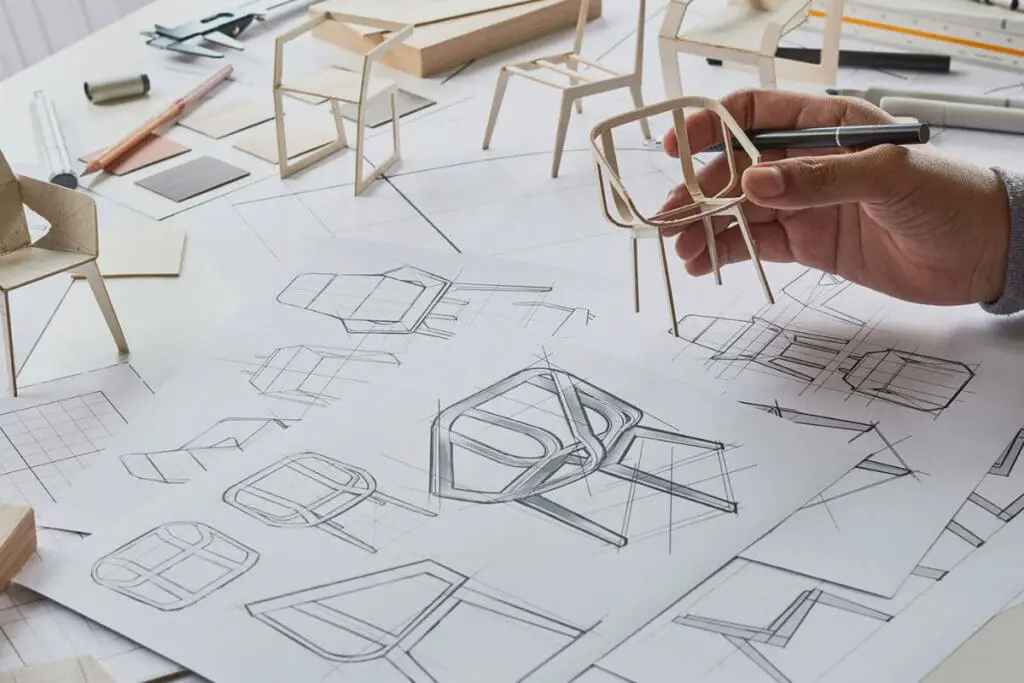
Product development is not just exclusive to designing new products. Many times, an older product can be developed into a new product. Maybe a new finish or look is given to a new product to make it seem new when it is not.
Product Development Vs. R&D Explained
Product Development and Research and Development may seem the same, but they are different. They are usually two other areas of a product’s life cycle.
Research and Development, or R&D, is usually at the beginning of a product’s life cycle. The R&D is testing out the product to see if it is viable or something that should be brought to the marketplace.
Research and development are the first steps to developing a product but not the step of developing, creating, or designing a product.
Product development looks at the entire product’s life cycle. A good product developer will look at the research and then the product’s development along with the product’s design and marketing.
Product development looks at the entire product’s lifecycle and development; they will also look at the product’s marketing and sales. So even though they have some similarities, they also have some differences.
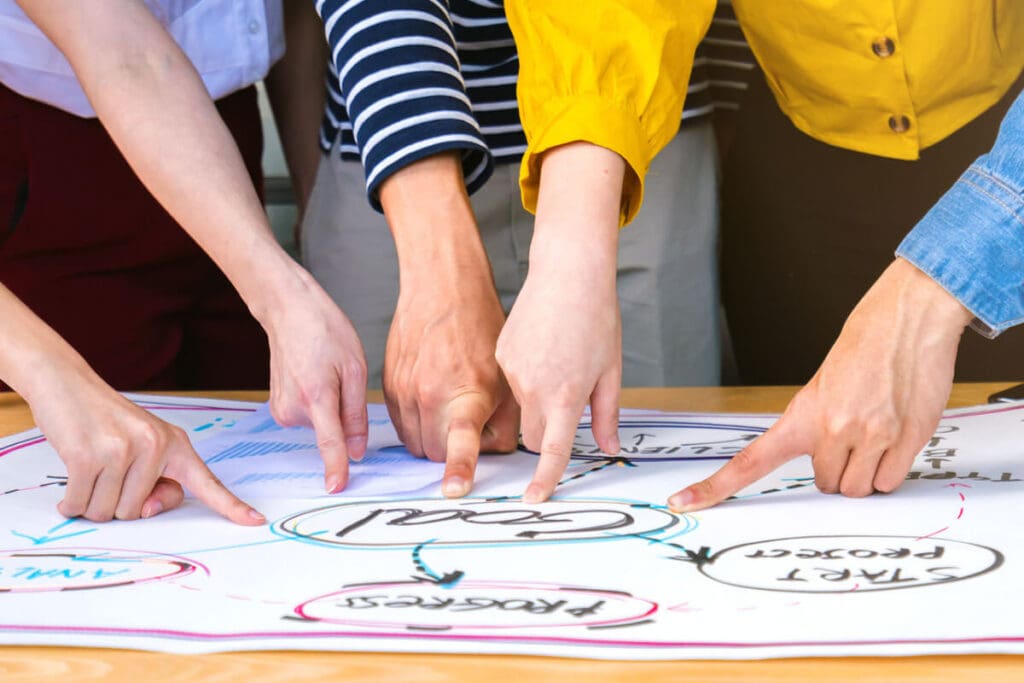
To develop viable products, the Research and Development arm of a company needs to work closely with the Product development arm of the company; the two departments and functions need to be able to share knowledge and information.
Even though they are not precisely the same, they depend upon each other to develop the best product possible.
Find out more about how Mondoro can help you create, develop, and manufacture excellent home decor and furniture products – don’t hesitate to contact me, Anita. Check out my email by clicking here or become a part of our community and join our newsletter by clicking here.
Mondoro gives out a FREE Lookbook to anyone interested. You can receive a copy of our latest Lookbook by clicking here.
Listen to our Podcast called Mondoro Company Limited. You can find it on all major podcast platforms. Try out listening to one of our podcasts by clicking here. Subscribe to our Mondoro Company Limited YouTube Channel with great videos and information by clicking here.
Frequently Asked Questions
1. Is Product Development the same as Research and Development (R&D)?
No, Product Development is not the same as R&D. They are distinct processes with different focuses and objectives.
2. What is the main difference between Product Development and R&D?
R&D focuses on exploring and testing new ideas, technologies, and concepts, while Product Development involves refining and bringing a product to market.
3. Should R&D and Product Development teams collaborate?
Yes, collaboration between R&D and Product Development teams is essential. R&D provides insights and innovations that can guide product development efforts.
4. How does R&D contribute to product development?
R&D contributes by conducting research to determine the feasibility and potential market value of new ideas, which can then inform the direction of product development.
5. At which stage of a product’s life cycle does R&D typically operate?
R&D usually operates at the early stages of a product’s life cycle, focusing on innovation, research, and concept testing.
6. When does Product Development come into play in the product life cycle?
Product Development becomes significant after R&D has laid the groundwork, and it spans the entire product life cycle, from design to production and beyond.
7. What are the key objectives of R&D?
The main objectives of R&D are to discover new knowledge, create innovative solutions, and evaluate their feasibility for potential market applications.
8. What are the primary goals of Product Development?
Product Development aims to refine and optimize products for market readiness, ensuring they meet customer needs and are manufacturable at scale.
9. Can a company succeed without both R&D and Product Development?
It’s challenging for a company to succeed without both R&D and Product Development. R&D fuels innovation, while Product Development ensures products are brought to market effectively.
10. Are there industries where R&D and Product Development overlap more significantly?
Yes, industries such as technology, pharmaceuticals, and automotive often have a significant overlap between R&D and Product Development due to the complexity of their products.
Related Content
Top 9 Benefits of Global Sourcing
Companies have many benefits to sourcing their products and even services globally. Sourcing their products globally usually allows them to buy a product with the design, price, quality, and quantity they need. It also allows companies to reduce costs while having a streamlined business model.
You can discover more by reading Tips Top 9 Benefits of Global Sourcing by clicking here.
Product Sourcing And Strategic Sourcing Explained
Product sourcing is when you source or look to find a supplier for a product you need. Strategic sourcing is strategically sourcing products. Strategic sourcing is not about the lowest purchase price but the lowest overall cost. Product and strategic sourcing are very similar, but strategic sourcing is sourcing with a plan.
To find out more about Product Sourcing and Strategic Sourcing Explained, click this link.
What Is A Product Developer? How Do They Enhance Marketing?
Marketing and product development are intertwined and essential to a company’s success. A company needs to produce, manufacture or sell what people want to buy. Product development is the one driver that can help a company to be able to ensure that they continue to develop products and services that people want to purchase.
You can discover more by reading What Is A Product Developer? How Do They Enhance Marketing? by clicking here.

